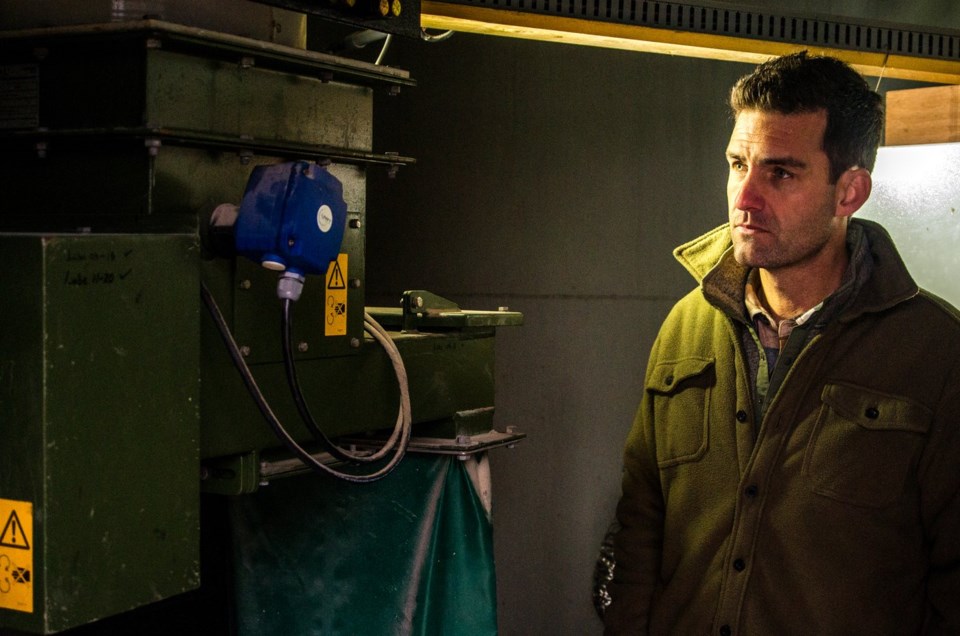HALIFAX — A Halifax-based company says it expects to receive US$25.4 million for projects aimed at reduce greenhouse gas emissions by mixing crushed limestone in rivers in Canada and Scandinavia.
The first project by CarbonRun has already started, as lime is being added to the West River in Pictou County at Watervale, N.S., about 45 kilometres east of Truro.
The firm says adding lime boosts the river's capacity to extract carbon dioxide in the water and from the atmosphere around the river. The carbon dioxide combines with the limestone and is carried out to sea, where it will remain in that captured state for tens of thousands of years.
The company said Monday the investment has been arranged by Frontier, a U.S.-based fund that supports carbon-removal projects, with 13 companies planning to pay for carbon credits associated with the projects.
Eddie Halfyard, chief technology officer at CarbonRun, said in an interview his company will receive the money once independent verifiers confirm that its limestone-mixing method has reduced carbon dioxide emissions from the rivers. He said the firm is expecting payments for the West River project at the end of this year.
The 43-year-old co-founder of CarbonRun said the company isn't releasing the names of other rivers where it intends to operate, as the company wants to first consult with communities and First Nations in the areas.
However, Halfyard said the announcement of the funding agreements shows there is an appetite for the mixing system, which diverts a portion of the river's flow into the bottom of silo, where the alkaline material is added.
"Rivers and the people that care about rivers now can have a part in global climate change," said Halfyard.
CarbonRun says that between 2025 and 2029, its liming projects are expected to prevent about 55,000 tonnes of carbon dioxide — roughly the equivalent to the annual emissions from 13,000 cars — from entering the atmosphere.
The company says the addition of limestone is also helping combat the long-term effects of acid rain — created by nitrogen oxide and sulphur dioxide emissions — and as a result is improving Atlantic salmon habitat.
River and lake liming practices were originally developed as a conservation practice aimed at remediating the effects of acid rain, and Halfyard said he's been involved in this practice since 2005.
Sensors along the river will measure whether the lime dosing is changing the chemical composition of the water as scientists have predicted.
Halfyard said the goal is to attract additional funding from companies that face legal requirements to reduce their greenhouse gases, and are looking to purchase carbon credits.
"That's our hope. It does take quite a while to be allowed to sell on that market ... We hope to be eligible to sell on these markets in the next couple of years," he said.
This report by The Canadian Press was first published Sept. 23, 2024.
Michael Tutton, The Canadian Press


